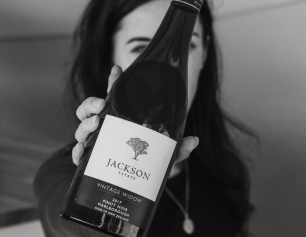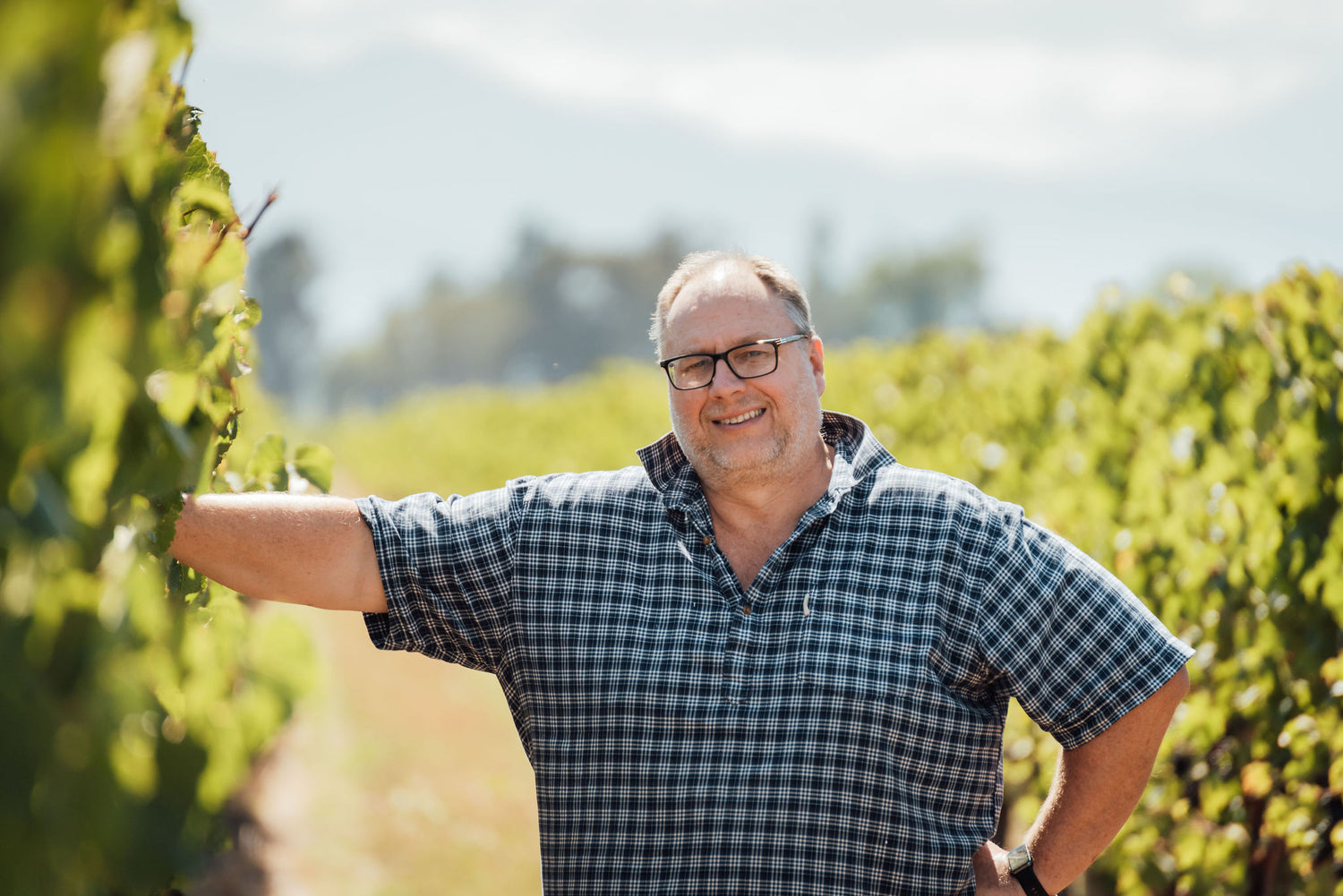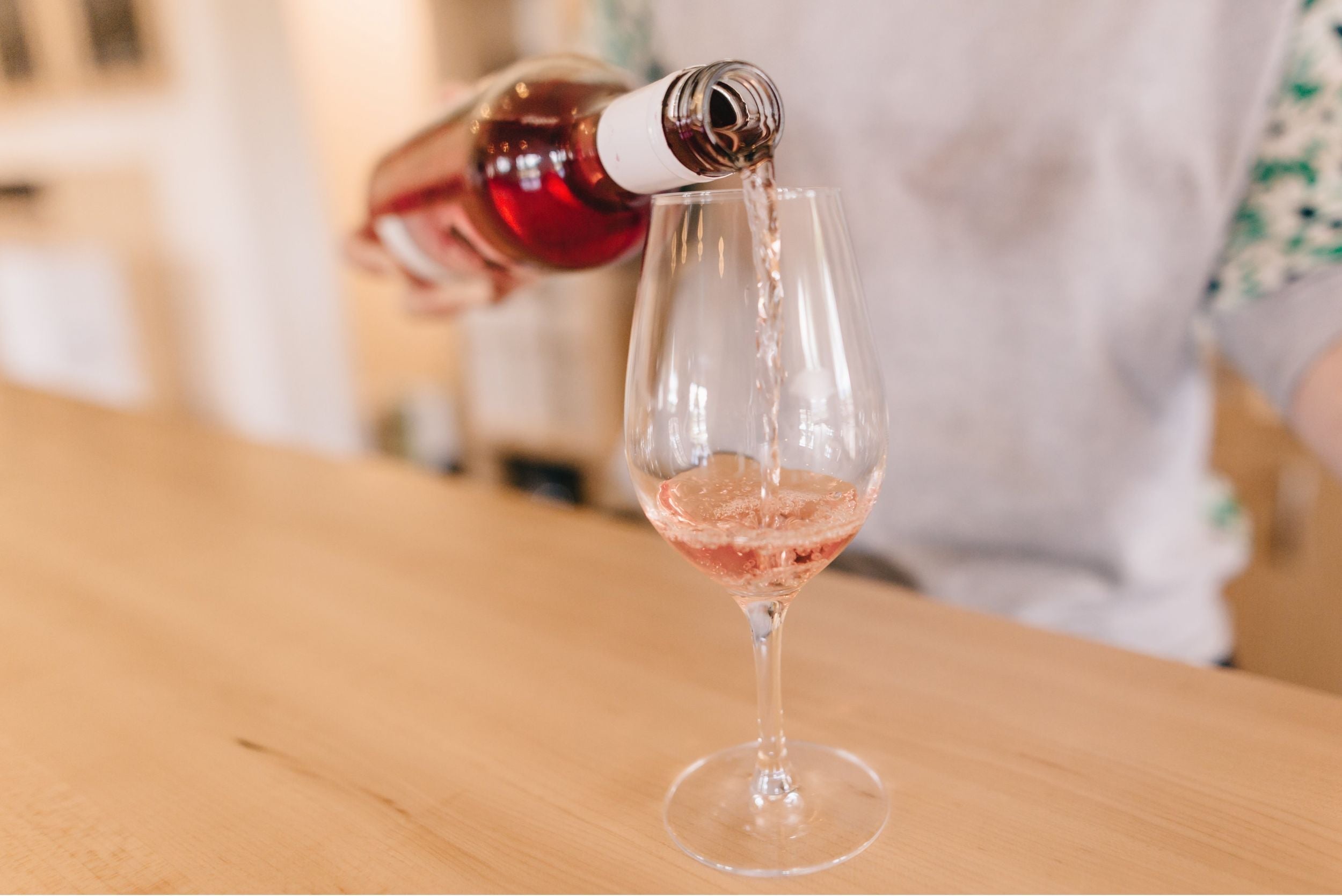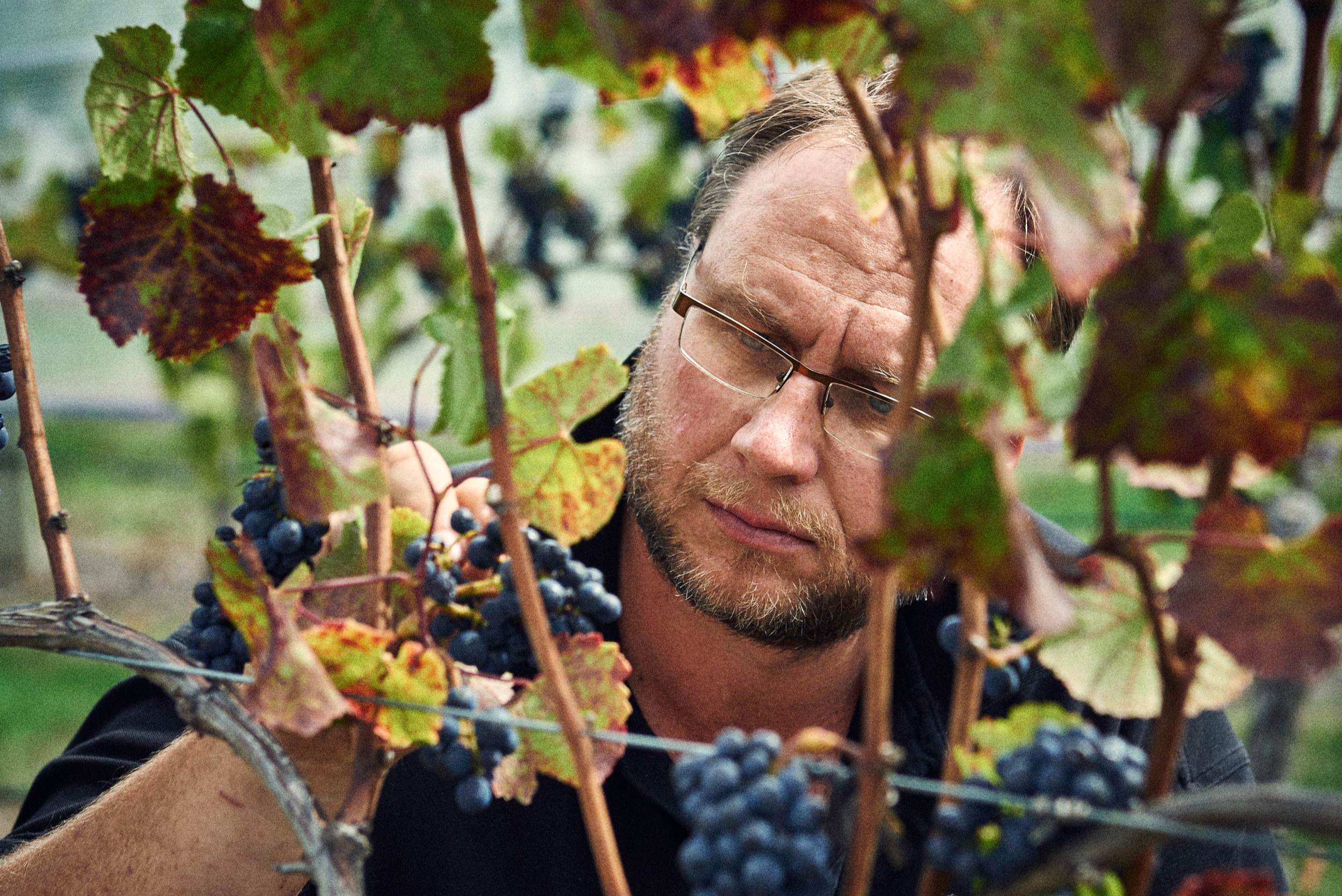Matt Patterson-Green, Head Winemaker for Jackson Estate:
With Vintage 2024 now safely behind us I thought it would be a good opportunity to send out an update on the proceedings and events of the growing season.

Weather Conditions and Vineyard Management:
A typical season leading into the Marlborough vintage would be warm days, cool nights and minimal rain. And season 2024 most definitely followed true to form. With very warm days and settled weather we saw a higher-than-average daily temperature. This led into having warmer than normal nights and Marlborough went into an official drought at the beginning of December. However, with plenty of supplementary irrigation drawn from our decades old deep well available to us we had more than enough water to maintain our vines.
All vines were lush, and verdant green and only on the hottest days did we see a relaxing of the vines. Above 33 degrees the vines tend to shut down and wait for the temperature to decrease before they kick off again later in the day/ evening.
Grape Quality and Yield:
Our vineyard team did a sterling job over the growing season and by the time we got to sampling time the vines were in perfect condition. One thing we did note early in the season, and post flowering was the fruit that was there was of excellent quality, but with a lower-than-average yield.
And this followed through to harvest. On the average we were around 20% down on volumes harvested and this was due to cooler temperatures and strong wind during the period of the previous year’s flowering. Resulting bunches were smaller, tighter and with lower yields but were of exceptional quality.

Handpicking & Pinot Noirs:
Due to the smaller yield, we kicked off vintage nearly two weeks earlier than normal and our first handpick of Pinot Noir was the 7th March 2024. As per normal we were able to hand pick our selections for Vintage Widow and Somerset, and a few “special parcels” in perfect condition, showing lush ripe flavours and with excellent skin colour. Something I did note this year is there was almost no shrivel in the bunches. Usually, I would expect to see 10-15% shrivel in the final week leading too picking but this year there was almost none and as such I had absolutely no concerns regarding low extraction or higher than required juice to berry ratios.
All hand selected parcels of fruit were gently destemmed and placed in our special open top fermenters for a period of cold soak. This soak averaged 5 days and based on the condition of the fruit, and how each tank looked they were then warmed up gently and allowed to proceed into an indigenous fermentation. Something that is quite rare in Marlborough is every single Pinot ferment for Jackson Estate over the last 18 years has been an indigenous, vineyard derived ferment. With no inoculated or cultured yeasts used I firmly believe this is one of the main reasons our wines have such complexity and finesse. Fermented warm and gently hand plunged up to twice a day, once ferment is complete, the young wines are allowed to sit on skins for a further 2-3 weeks until such time as I deem them ready for pressing. Drained, pressed and settled before barrelling down into 100% French oak with only 25% as new oak, the young wines have now been put to bed and are quietly sitting in their oak barriques. They will be kept topped and, in the springtime, will no doubt naturally proceed into malolactic fermentation until I look at them for potential blends early next year.
I believe these are potentially some of the best Pinots we have ever had in barrel at this early stage and am very excited to see how they progress!

Chardonnay and Sauvignon Blanc:
Likewise, our fruit for the Shelter Belt Chardonnay was picked in pristine condition. Unfortunately, the Chardonnay suffered through fruit set and as such the volume harvested was significantly affected. However, what was harvested was excellent and Wiremu and his team in the vineyard again presented me with an opportunity to keep pushing and developing the Shelter Belt program. Harvested then whole bunch pressed and settled for 24hours in stainless steel tank the fresh juice was sent to 100% French oak with a high level of solids. Tucked away into the warm barrel hall the juice was allowed to kick off ferment naturally, again with an indigenous vineyard sourced yeast and within a week was fizzing away merrily in barrel. Stirred regularly to keep the lees suspended to build texture and help develop complexity the now fermented wine is truly splendid. With notes of white stone fruits, fresh melon, and light citrus I believe the chardonnay this year will be a great continuation of the journey we have been on with the B95 CHR. I have a great deal of respect and depth of feeling for this clone of chardonnay and again take great confidence in our decision to solely use this clone for the Jackson Estate Shelter Belt CHR.
Last but certainly not least we moved into harvesting our Sauvignon Blanc. First picks were from our Somerset vineyard in the Waihopai followed 10 days later by the Homestead vineyard, and these came into the winery in perfect condition. Each block was harvested and kept separate from the other blocks, once pressed juices were cold settled for 4 days before racking to ferment tank. Despite all technology available to us I still believe that old school cold settling is the best method for producing wines that have texture and weight in them due to the still suspended minute particles of pith and skin that with transfer through to ferment.
Fermented cool, but not cold these juices are all inoculated with cultured yeasts. Yeasts selected are specific for aromatics, mouthfeel, or texture and produce wines that are multi-layered and complex. And once we blend them together, they will produce a Sauvignon Blanc that speaks of place and time. With lifted citrus and florals, and a pallet that is complete and deep I believe we will again produce a style of Sauvignon Blanc that is uniquely and recognizably Jackson Estate.

Looking Ahead:
I am really looking forward to seeing how these wines develop and mature over the coming months. As always, I truly hope you will enjoy drinking them as much as I enjoy making.
2024 Harvest Fun Facts:
- Shortest Vintage since 2006.
- Harvest lasted 3 weeks.
- Started on 12 of March finished by 2nd of April.
- Tonnages are down on average by 15%.
- Exceptional fruit harvested. Which should produce some exceptional wines.
- Little to no disease pressure with very minimal rain events from Jan to March.
Are you excited about the upcoming releases from Vintage 2024? Share your thoughts and stay connected for more updates on our wines and winemaking journey. Follow us on social media or sign up to our regular newsletter to learn more.











